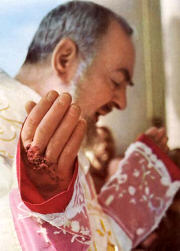 |
| A session during the Second Vatican Council (1962-1965). |
“Having focused for several weeks now on
prayer as taught to us in the sacred Scriptures, we turn to another
precious source of prayer, namely the liturgy. The word “liturgy” in
Greek means “work done by the people and for the people”. Here, this
“people” is the new People of God, brought into being by Christ, a
people which does not exist by itself and which is not bound by blood,
territory or country, but is brought into being through the Paschal
Mystery.
The liturgy is also the “work of God”. As the Second
Vatican Council teaches, it is by means of the liturgy that Christ our
Redeemer and High Priest continues the work of our redemption in, with,
and through his Church. This is the great marvel of the liturgy: God
acts, while we are caught up in his action.
The Council began its
work by discussing the liturgy, and rightly so, for the liturgy reminds
us of the primacy of God. The fundamental criterion for it is its
orientation towards the Father, whose saving love culminates in the
death and resurrection of his Son. It is in the liturgy that we “lift up
our hearts”, opening ourselves to the word of God as we gather with our
brethren in a prayer which rises within us, and which is directed to
the Father, through the Son, in the Spirit."
Benedict XVI, General Audience, 26 September 2012.


